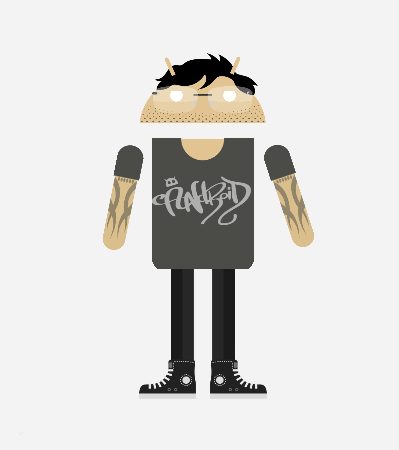
Androidify
Uno de esos juguetitos de internet donde puedes crear tu avatar personalizado a partir de Andy (la mascota del sistema operativo Android). Tiene todo lo básico de este tipo de aplicaciones: piel, ropa, peinado, accesorios, etc.
Después de hacerlo lo puedes bajar, compartir, subir a una galería del sitio, o hasta usarlo como emoticon en tus chats (en la versión mobile)…
Supongo que no es mas que otra de esas mil formas que tiene Google para sacar lo que hay en nuestra cabeza. En fin, aquí está el mío…
Androidify yourself…Create, accessorize and share Android characters that look like you, your best friend, your Uncle Sal… anyone, really.Now with:
– NBA gear! Jerseys and shorts for all 30 NBA teams.
– 9 new shareable animations for a total of 32 different animation choices.
– New clothes requested by you! (including additional dresses, sneakers and kids outfits.)
Now it’s even more fun to share your animated Android characters in texts, posts or chats as emoticons, animated GIFs and pics.And don’t forget to submit your creations to the Androidify.com Gallery where they can hang with Android characters from around the world…

